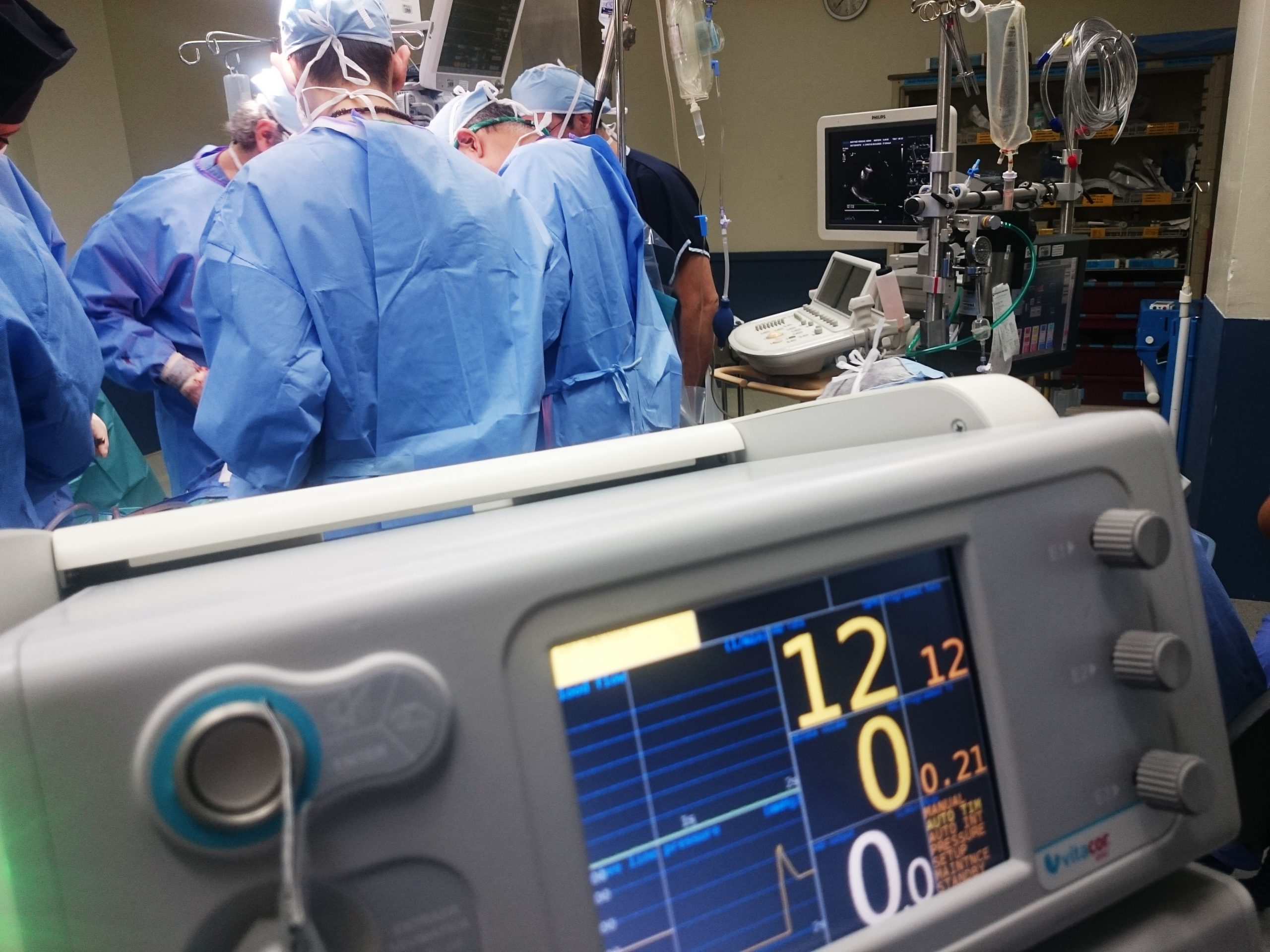
Lauren Moye, FISM News
[elfsight_social_share_buttons id=”1”]
Researchers recently announced that cancer death rates have fallen 27% over a fifty-year period, thanks to a better awareness of increased risk factors, preventative screenings, and more effective treatments.
The study analyzed data from 1971 to 2019, which is the most recent available year. Researchers focused on the fifteen most common cancer varieties, such as colon, breast, stomach, and lung. They discovered a staggering drop in cancer deaths during this period. Their analysis was published Thursday through JAMA Oncology.
“In 1971, a diagnosis of cancer was a death sentence. Not anymore,” said study co-author Ahmedin Jemal, who is also the senior vice president for surveillance and health equity science at the American Cancer Society.
In 1971, the National Cancer Act became law with the goal of defeating cancer within the U.S. At the time, public statistics show that there were 199 cancer deaths per every 100,000 people in the U.S. This number peaked in 1991 at 215 deaths per 100,000 individuals.
In 2019, data from the CDC showed that the cancer death ratio had dropped to 146 per every 100,000, translating to a 27% overall reduction in deaths.
As part of the war on cancer, the National Cancer Act increased research funding to the National Cancer Institute. From $227 million in 1971 to $6 billion in 2019, this 25-fold increase in funding has led to improvements in diagnosis and treatments.
“The doctors have done their jobs in terms of coming up with better treatments,” Dr. Anthony D’Amico, professor of radiation oncology at Boston’s Harvard Medical School, explained to U.S News.
D’Amico was not a researcher on the study but still provided a public interpretation of the results. He added, “But that’s not enough. You still have to make sure that you get screened, whether it’s for lung cancer, breast cancer, prostate cancer, colorectal cancer, or cervix cancer.”
The cancers with early screening procedures, such as colon cancer, saw the biggest declines during this period. The study notes that colon cancer deaths fell 16% over the five decades and attributed half of this decline to colon screenings. For this reason, researchers noted that “access to care is vital” to catch cancer earlier.
The researchers attributed the decline in cancer to a variety of other factors as well, including improved public awareness on critical risk factors like smoking, which contributes to 1 out of every 3 cancer diagnoses, and increased body weight, which increases the risk for 30 types of cancer. The CDC notes that smoking is the #1 cause of preventable death in America with nearly 40 million Americans, or 14% of the US population being active smokers.
Jamal, the designated correspondent for the study, said “We know how to prevent cancer deaths because we know the risk factors — we just need to do a better job of instituting policies at the local, state, and national levels that will help us do that.”
While most cancers in the study decreased significantly, the researchers did note a slight increase in deaths from tumors affecting the pancreas, brain, and esophagus. This increase was still less than 1%.
